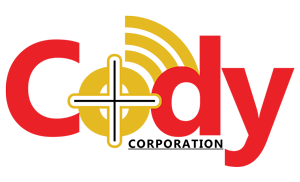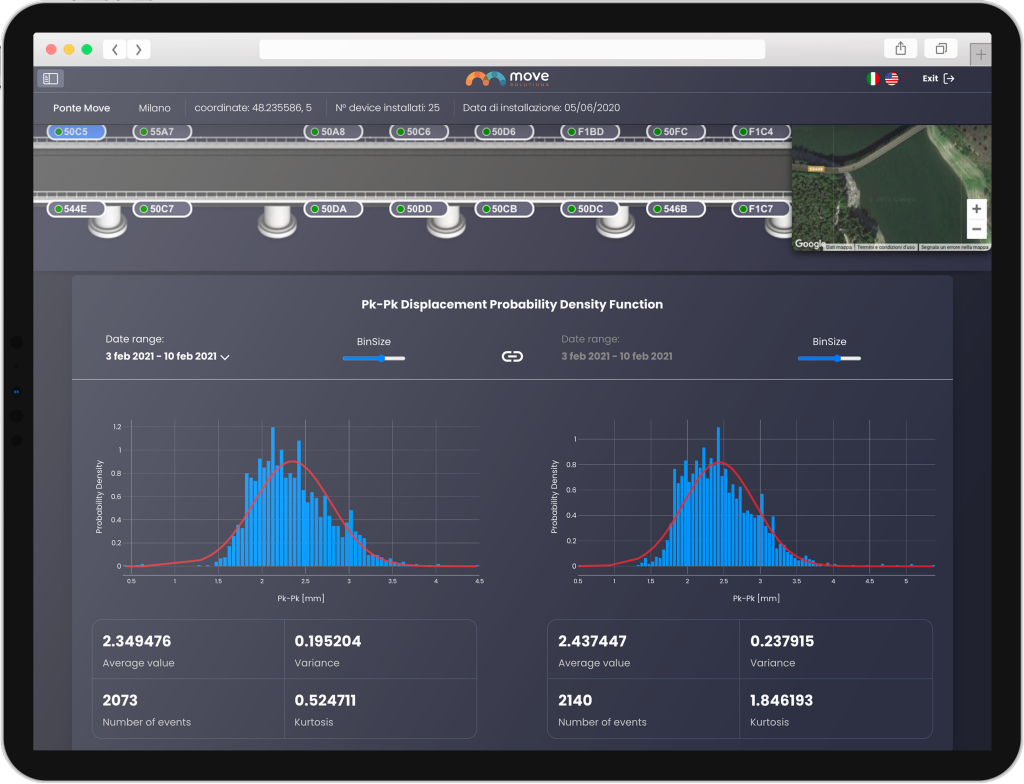Different Types of SHM: Which one to Choose?
Depending on the structure and on the need of the monitoring project, there are different types of structural analysis that can be done. They tend to be divided into two main groups: static analysis and dynamic analysis. The biggest difference between them is time.
Static structural health monitoring is aimed at the measurement of slow-varying parameters over a long period of time (e.g. inclination, rotation, static displacement, crack monitoring etc.): in other words, when the load is applied slowly, static analysis is what we need. Because the change that we want to analyze happens gradually and over time, for static monitoring data is recorded by the sensors at regular intervals, with punctual measuring.
Dynamic structural health monitoring handles dynamic loading (actions having high acceleration), such as people walking, wind, waves, traffic, blasts and earthquakes; that means that when we deal with “fast” impacts, involving frequencies and vibrations, dynamic analysis is the type of monitoring we want. That involves a type of sampling that is continuous: sensors keep measuring the environment around them and when a “peak” is detected the information is then stored. The difference with static SHM, which involves puntual measuring, is that with dynamic SHM data is recorded for a few seconds before, during and after the “peak”: that means that much more data is collected.
In order to better understand the health of our structure, the large amount of data collected through dynamic SHM can be analyzed in different ways:
- Peak analysis: any peak or unusual event detected by the sensors is analyzed and reported in real time thanks to 24/7 monitoring systems. That also allows a fast response in case of important changes: in fact, thanks to new technologies it is now possible to receive an alert on your phone if the threshold is exceeded.
Peak-to-peak analysis from the Move Cloud Platform
- Statistical analysis: all the data collected by the sensors over time can be analyzed in order to identify trends, to understand the overall behavior of the structure, to predict its response, and to do an Operation Modal Analysis (OMA), which helps us highlight whether there are changes in how the structure reacts over time.
Modal Frequencies Clustering analysis from the Move Cloud Platform
In order to understand what type of monitoring our structure needs, we need to ask ourselves the question: do I want to measure slow-varying parameters such as inclination and static displacement, or do I need data about “fast” impacts, like vibrations? In most cases, we need a mix of both. Static and dynamic monitoring are, in fact, very interconnected: having both static sensors and dynamic sensors will help us have a more comprehensive monitoring. For example, in a construction site you might want to use vibrometers to monitor the vibrations on close-by buildings caused by the construction works, but you will probably also need tilt beams and tiltmeters to monitor the inclination of certain parts of the site. Similarly, for railway monitoring, we can use a tilt beam chain to check the vertical deflection of the track, but also dynamic displacement sensors to measure the swing width of the sleepers when the train passes and to monitor ballast deterioration.
Each structure has different characteristics and each monitoring project has different needs.
The aim of this article was to briefly explain the differences between the main types of Structural Health Monitoring, trying to shed light on a subject that can be complex. Every day, here at Move Solutions, we work to develop innovative technologies that can simplify our clients’ monitoring projects, helping them run safer and more efficient infrastructures. We have wireless and smart devices for any kind of structure and monitoring needs: they are all connected to a cloud platform that allows you to remotely check your building, giving you access to easy-to-understand information thanks to our graphs and advanced algorithms.
If you are unsure about what kind of Structural Health Monitoring you need or what sensors are more suitable for your project, don’t hesitate to contact us. We have a team of experts ready to answer all your questions.


